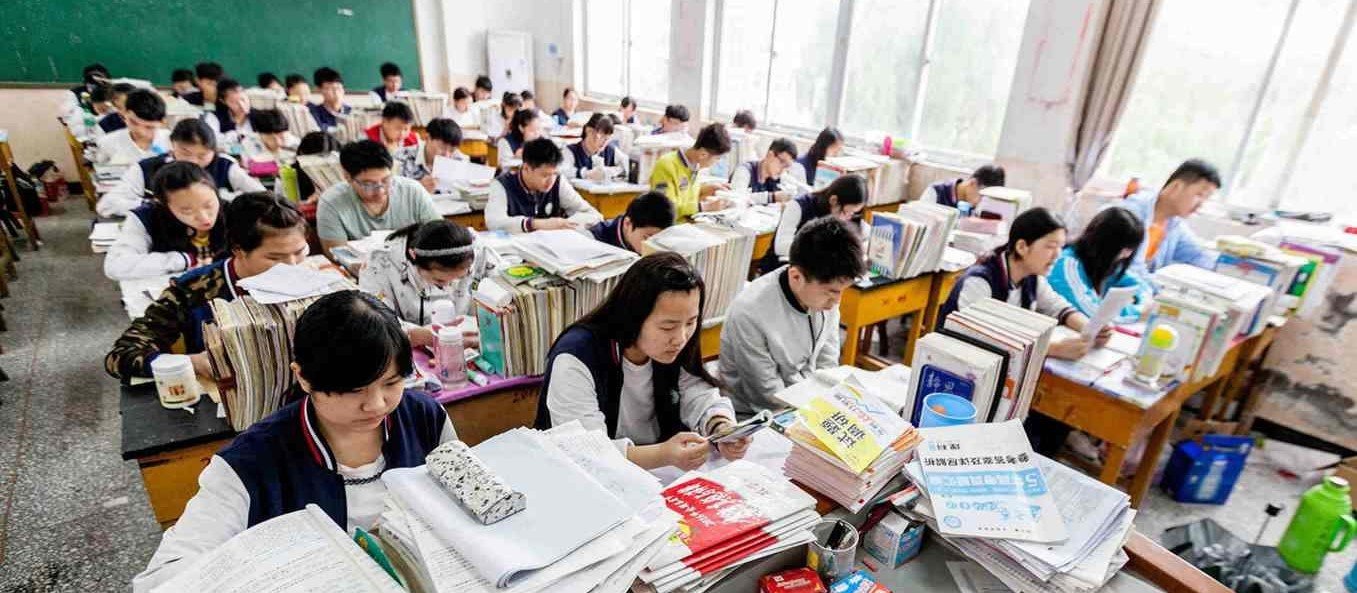

Jul
It’s a quasi-axiom that by investing in its education system, a country is essentially investing in its future. From (relatively distant) historic examples such as Adam’s Smith work back in 1776 (when he claimed that the wealth of a nation lies not in the resources it can exploit but rather in the productive capacity of its people) to modern-day examples which actually involve China’s “neighbors” Japan and South Korea (which make it clear that investments in education can take a nation from an agriculture-based economy to a cutting-edge one), it is proven time and time again just how important education is.
China had and still has quite a lot of catching up to do, especially in light of its oftentimes “tricky” ideological relationship with education, especially higher education. It is worth remembering that as of 1966, when the Cultural Revolution started, intellectuals were sent to rural areas en masse so as to learn from illiterate farmers… needless to say, education didn’t exactly enjoy mainstream respect back then.
This, however, gradually changed.
As of 1986, a law was passed which made education compulsory for a nine-year period and had two main goals: making sure that children aged 6 to 15 were enrolled in education programs on the one hand and on the other hand, achieving full literacy for those aged 20 and below. Has China been successful in this respect? Yes. But in an uneven manner.
According to sources such as the United Nation Development Programme, there’s a world of difference between ultra-developed regions such as Beijing, Shanghai or Tianjin and less developed ones such as Tibet, Yunnan, Guizhou, Qinghai, Guanxi and Gansu (to mention those with unsatisfactory realities, ordered from lowest to highest based on their Education Index).
With those who live in urban areas having a threefold advantage when it comes to income according to the National Bureau of Statistics, this should come as no surprise. Furthermore, one of the most widely-discussed trends here on ChinaFund.com, the migration of rural workers to urban areas, does little to bridge the gap. On the contrary, the gap widens, with there being almost 700,000 primary schools in China back in 1995, whereas nowadays, there are over three times less.
As such, many metrics related to Beijing and Shanghai are perfectly in line with those associated with developed countries, with literacy rates close to 100%. If we are to analyze the roughly 60% literacy rate of Tibet, however, we will come to the conclusion that not only is it not at par with Western literacy rates, it’s actually in line with the literacy rates of Zambia, Haiti and other under-developed nations.
What about higher education?
Once again, the same principle applies… the Pareto principle, to be a bit corny, with a small percentage of China’s higher education institutions being among the best in the world and the rest lagging behind. To that effect, it is worth noting that only two Chinese universities are included in the Times Higher Education World University Rankings among the world’s top 100 higher education institutions, Peking and Qinghua. Comparatively, 15 of the best 20 institutions are US-based. With an admission chance believed to be in the 0.5% zone (40 times lower than China’s average), it should be clear that we’re dealing with outliers when it comes to case studies such as the Peking University one.
Still, this doesn’t mean tremendous progress hasn’t been achieved. Compared to the barely $50 billion in government expenditures back in 2003, we are currently not that far away from a figure that is 10 times higher. With the number of universities as well as the number of students increasing to such a degree that almost one of two Science and Engineering degree holders is either Chinese or Indian, it is clear that a lot of attention has been paid to the education sector, with additional funding following suit.
To conclude, a current snapshot of China’s education system would tend to align with snapshots of other sectors. These snapshots paint the picture of a China that has grown tremendously since the Cultural Revolution days, when being an intellectual was actually frowned upon… to put it mildly. Literacy rates are going up, the number of education-related institution has skyrocketed as well, with more and more financial resources being allocated toward education as time passes. Even with noteworthy drawbacks such as the steep gap between rural and urban areas and the fact that China is nowhere near ready to compete with the United States or European Union in terms of elite institutions, it is clear that the trend as far as the education space is concerned can be considered positive.
